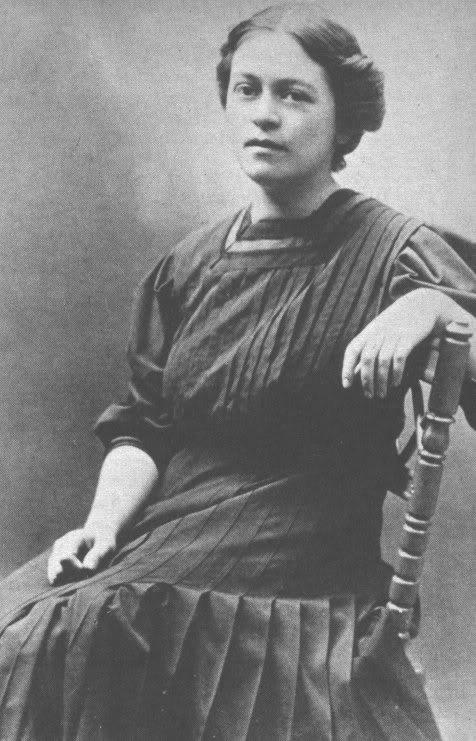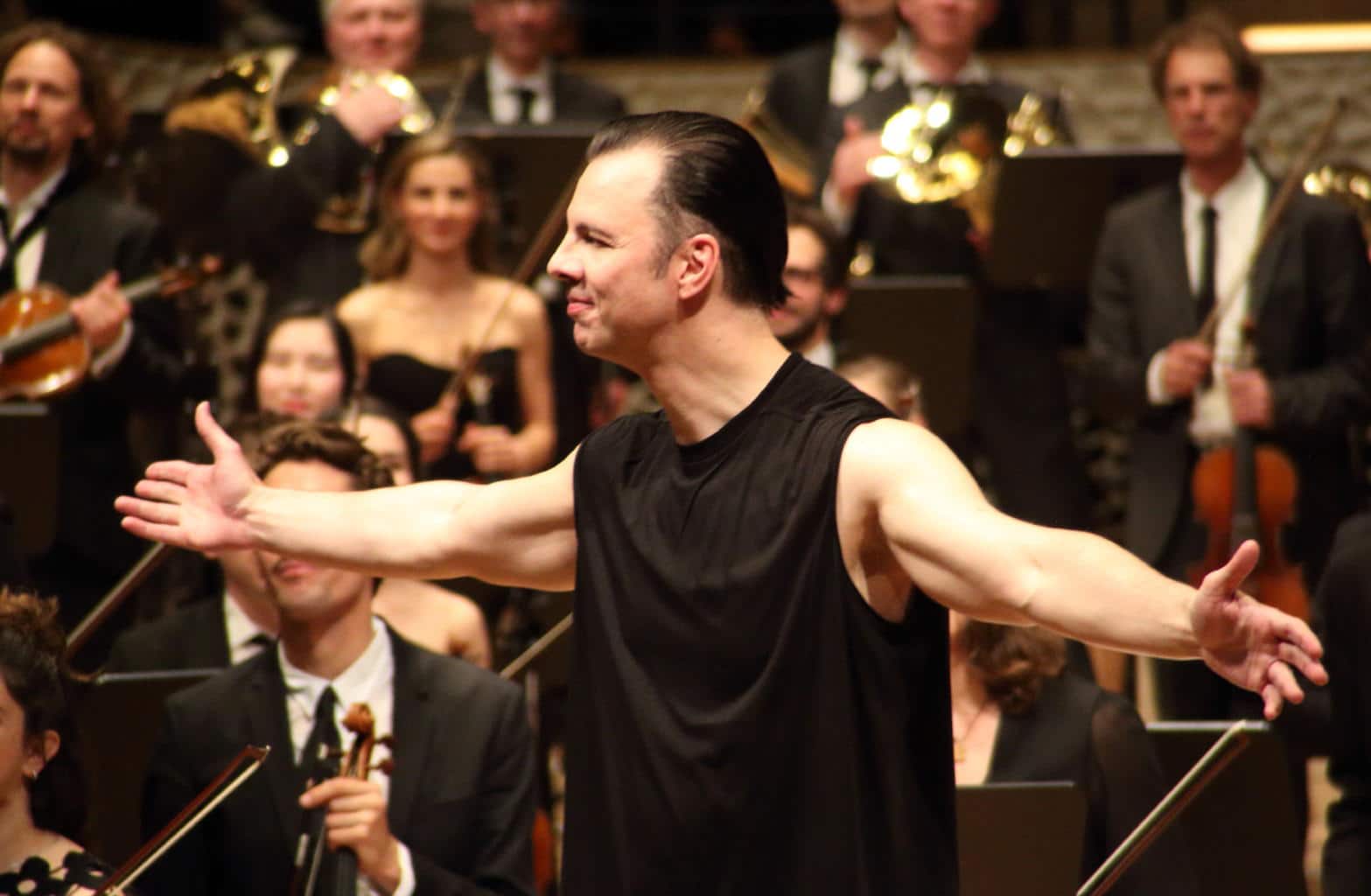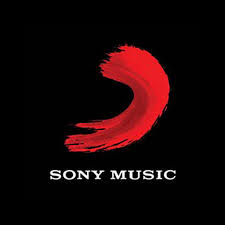Watch: All the sex in Alban Berg’s Lyric Suite
mainThe Emerson Quartet have made a little film.


Having slashed the executive team last July, the…

‘Am I a criminal?’ demands the Greek-Russian conductor…

We’re hearing of mass sackings at the declining…

We have been informed of the passing of…

Session expired
Please log in again. The login page will open in a new tab. After logging in you can close it and return to this page.
Comments